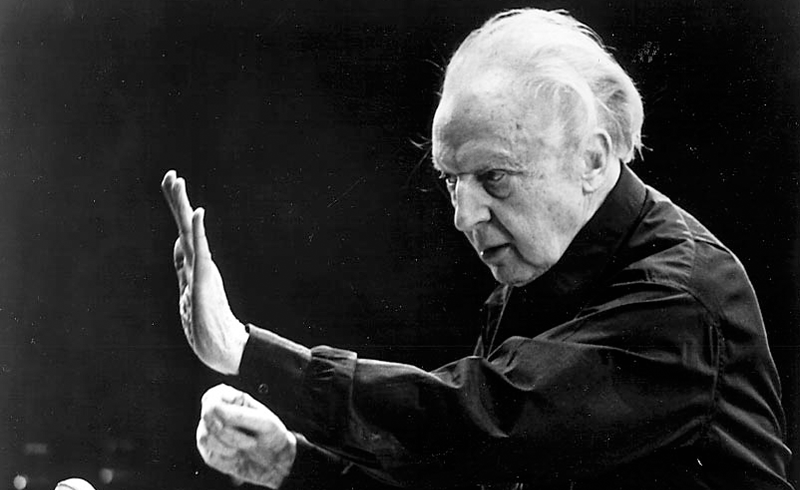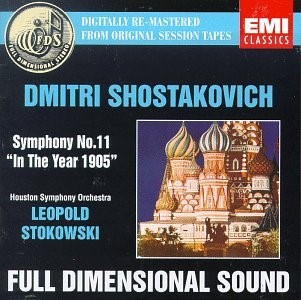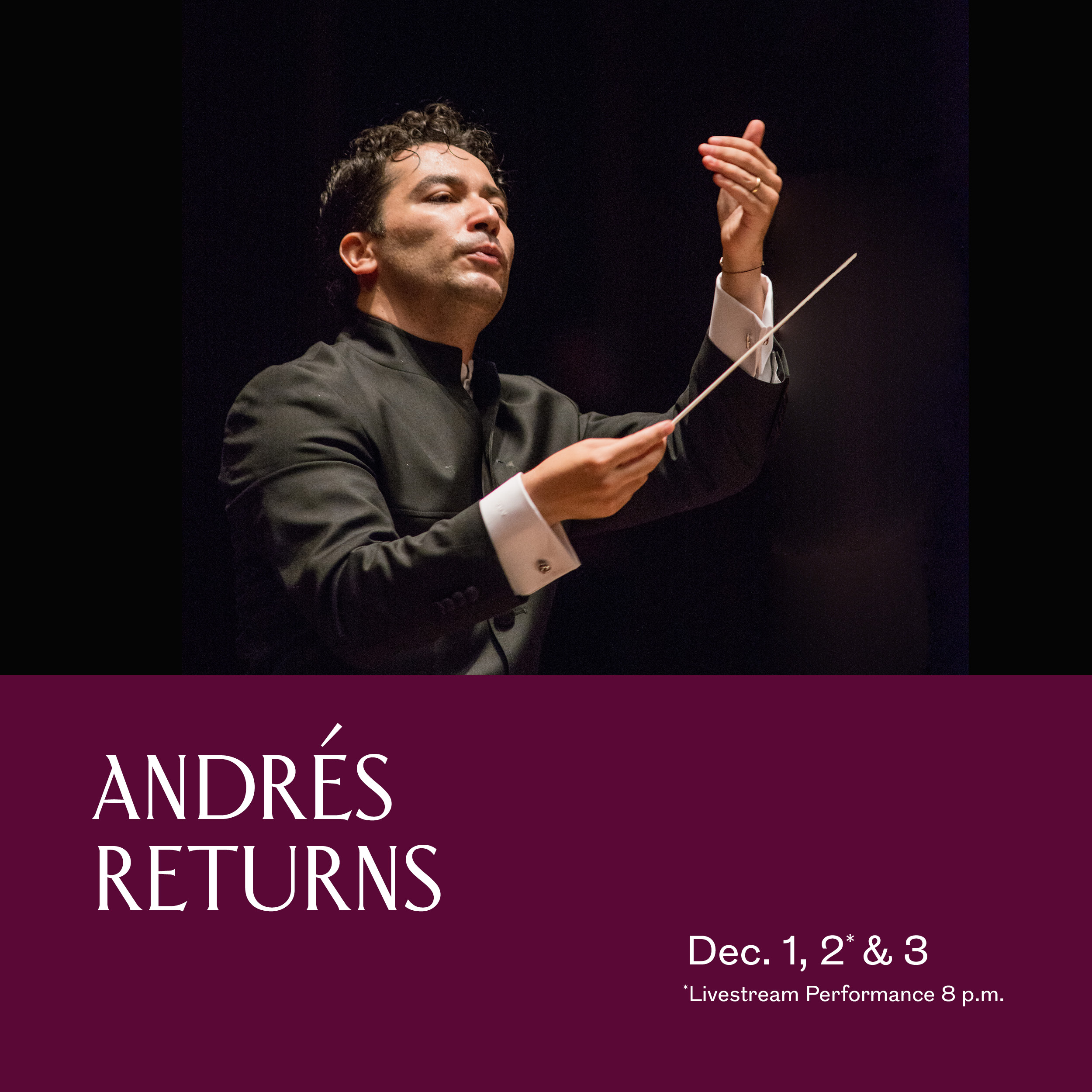
November 22, 2023
Musical Echoes of Revolution: Shostakovich’s Symphony No. 11, The Year 1905
Music is one of the most transcendent art forms that can take us back in time and evoke emotions we have never experienced. The fusion of music and history has unraveled mysteries worth exploring. The story behind Dmitri Shostakovich's Symphony No. 11, The Year 1905, is a fascinating example of how music can reflect a society's mood, struggles, and hope.
A Symphony Born from History
Dmitri Shostakovich, one of the 20th century's most influential composers, crafted Symphony No. 11 in G minor, Op. 103, also known as The Year 1905. This symphony serves as a profound reflection on the events of the Russian Revolution of 1905. Shostakovich's ability to weave together the emotional tapestry of a tumultuous era is evident in this composition, where tension, sorrow, and triumph converge in a harmonious yet dissonant dialogue.
However, like many of Shostakovich's symphonies, the symphony immediately sparked controversy, and Shostakovich faced acclaim and scrutiny. Premiered in 1957 during a period of post-Stalinist thaw, the symphony was initially received with enthusiasm for its evocative portrayal of the Russian Revolution. Shostakovich's ability to capture the historical narrative through music resonated with audiences. However, the political climate in the Soviet Union was volatile, and interpretations of the work were often subject to prevailing ideological winds. Despite the initial positive reception, the composer soon faced criticism from authorities.
The Communist Party accused Shostakovich of depicting Tsarist violence, while others saw it as a tribute to the Soviet Revolution. However, Shostakovich clarified that it was a dedication to the memory of the people who died or suffered during the revolution. It was a powerful piece of music that used sounds to orchestrate feelings of fear, despair, and hopelessness.
The Houston Symphony's Connection
The Houston Symphony boasts a unique and enduring relationship with Shostakovich's Symphony No. 11. Under the direction of the legendary Leopold Stokowski, the orchestra had the honor of presenting the U.S. premiere of this symphony. Stokowski, known for his innovative interpretations and dynamic conducting style, was crucial in introducing the work to American audiences, leaving an indelible mark on the cultural landscape.
Leopold Stokowski's interpretation with the Houston Symphony was nothing short of transformative. The orchestra brought out the raw emotion and intensity embedded in the score. Stokowski's distinctive approach to conducting, coupled with the virtuosity of the Houston Symphony musicians, resulted in a performance that resonated deeply with audiences. The ability to convey the composition's historical weight and artistic depth showcased the orchestra's commitment to pushing creative boundaries and offering audiences profound musical experiences, something we continue to strive for today.
A Historical Narrative in Four Movements
Shostakovich's Symphony No. 11 unfolds in four movements, each serving as a chapter in the historical narrative of the Russian Revolution. The opening movement, "Palace Square," sets the stage with ominous tension, mirroring the unrest and anticipation that characterized the events leading up to the revolution. The subsequent movements, "The Ninth of January," "Eternal Memory," and "Tocsin," further explore the emotional spectrum, from somber reflection to the rallying cries of change.
"Palace Square" serves as a dramatic prelude to the revolutionary events. The music reflects the murmurs of discontent, the ominous gathering of forces, and the impending sense of upheaval. The relentless percussion, dissonant chords, and soaring strings create an atmosphere of suspense, painting a vivid sonic picture of a society on the brink of transformation.
Music Theory Insight: Shostakovich's use of dense harmonies, rhythmic complexity, and abrupt shifts in dynamics add to the overall sense of unease, mirroring the societal unrest that characterized the period.
The second movement commemorates the pivotal moment of the revolution – "The Ninth of January," a dark day marked by the massacre in St. Petersburg. Shostakovich's composition reflects the anguish and determination of the people as they faced tragedy. The music is characterized by mournful melodies, forlorn brass fanfares, and the relentless march of fate. The symphony became a sonic monument to the sacrifices made on that day.
Music Theory Insight: Poignant melodies and bold brass statements help convey the emotional weight of the historical events. The repetitive, march-like rhythm symbolizes the inexorable march of time and the unconquerable spirit of the people.
The second movement commemorates the pivotal moment of the revolution – "The Ninth of January," a dark day marked by the massacre in St. Petersburg. Shostakovich's composition reflects the anguish and determination of the people as they faced tragedy. The music is characterized by mournful melodies, forlorn brass fanfares, and the relentless march of fate. The symphony became a sonic monument to the sacrifices made on that day.
Music Theory Insight: Poignant melodies and bold brass statements help convey the emotional weight of the historical events. The repetitive, march-like rhythm symbolizes the inexorable march of time and the unconquerable spirit of the people.
"Eternal Memory" reflects on the aftermath of the revolution. Shostakovich creates a somber, contemplative atmosphere, paying homage to the lives lost in the pursuit of change. The movement is a musical memorial, with gentle strings and mournful woodwinds conveying a sense of collective sorrow and remembrance.
Music Theory Insight: Shostakovich employs expressive string lines to carefully craft a lyrical meditation on the human cost of societal upheaval.
The final movement, "Tocsin," is a call to action and a musical representation of the revolutionary spirit's triumph. Shostakovich builds tension and excitement, portraying the rallying cries of the people as they demand change. The music escalates in intensity, reaching a powerful climax that symbolizes the culmination of the revolution. The symphony concludes with a triumphant and resolute finale, leaving the listener with a sense of victory and the challenges ahead.
Music Theory Insight: Bold brass fanfares, rhythmic urgency, and dynamic contrasts help convey a society's energy and determination in upheaval. The use of percussion enhances the celebratory atmosphere.
By all accounts, Shostakovich's Symphony No. 11 is an intense and captivating piece whose influence resonates to this day. Dimitri Shostakovich's Symphony No. 11 shows how powerful music can be in its ability to tell an important historical narrative and provide comfort through the decades. The connection between the symphony and the Houston Symphony is a beautiful sentiment, standing as an enduring reminder that music speaks volumes not only for us in times of joy and sorrow but also across time and space in ways that text simply cannot express. Join us on December 1, 2 & 3 under the baton of Conductor Laureate Andres Orozco-Estrada to hear this masterpiece in all its glory









